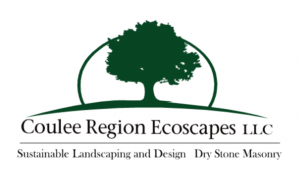Hamilton / SOTA I Edible Schoolyard

Welcome to the Hamilton / SOTA I Edible Schoolyard
Hamilton Early Learning Center teamed up with us, GROW, to help coordinate a new edible schoolyard in the front of their building. This will provide students with an outdoor learning space that will connect them to healthy food and nature. We currently help provide garden education to the school. This opportunity would allow us to build on these experiences and provide diverse educational opportunities.
An edible schoolyard is a space that is created intentionally to provide a hands-on learning environment incorporating native edible plants. This space mimics a forest edge.
Picture fruiting trees, edible shrubs, pollinator plants, soil-enriching plants, an asparagus area, raspberry patch, willow arch, educational signs, and seating area. Plants are typically perennials which differs from annual vegetable planting. Although each provide healthy, local food, perennial plants create space for pollinators, requiring less maintenance, and offer a different variety of food. Currently, the space contains grass and a few trees that are planned to come down due to the emerald ash borer and age.
Edible Schoolyard Features:
• NW Pollinator Garden: Starting from the north, there is a section right on the corner of the school property which is a low-growth pollinator garden. A forth and fifth grade class learned about pollinators. Then, they helped design and install this space.
• Rain Garden: This nearby space is slated to be changed into a rain garden to help reduce rainwater runoff.
• Large Food Forest Space: The larger front, central space will incorporate fruit trees, shrubs, pollinator plants, a willow arch, asparagus patch, and raspberry patch.
• Outdoor Classroom and South Food Forest Space: The south side patch will include the outdoor classroom space, a maple tree, edible shrubs, and pollinator plants.
Sponsor
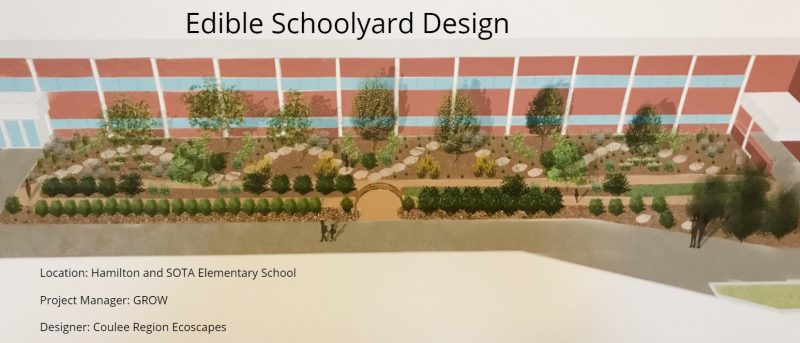
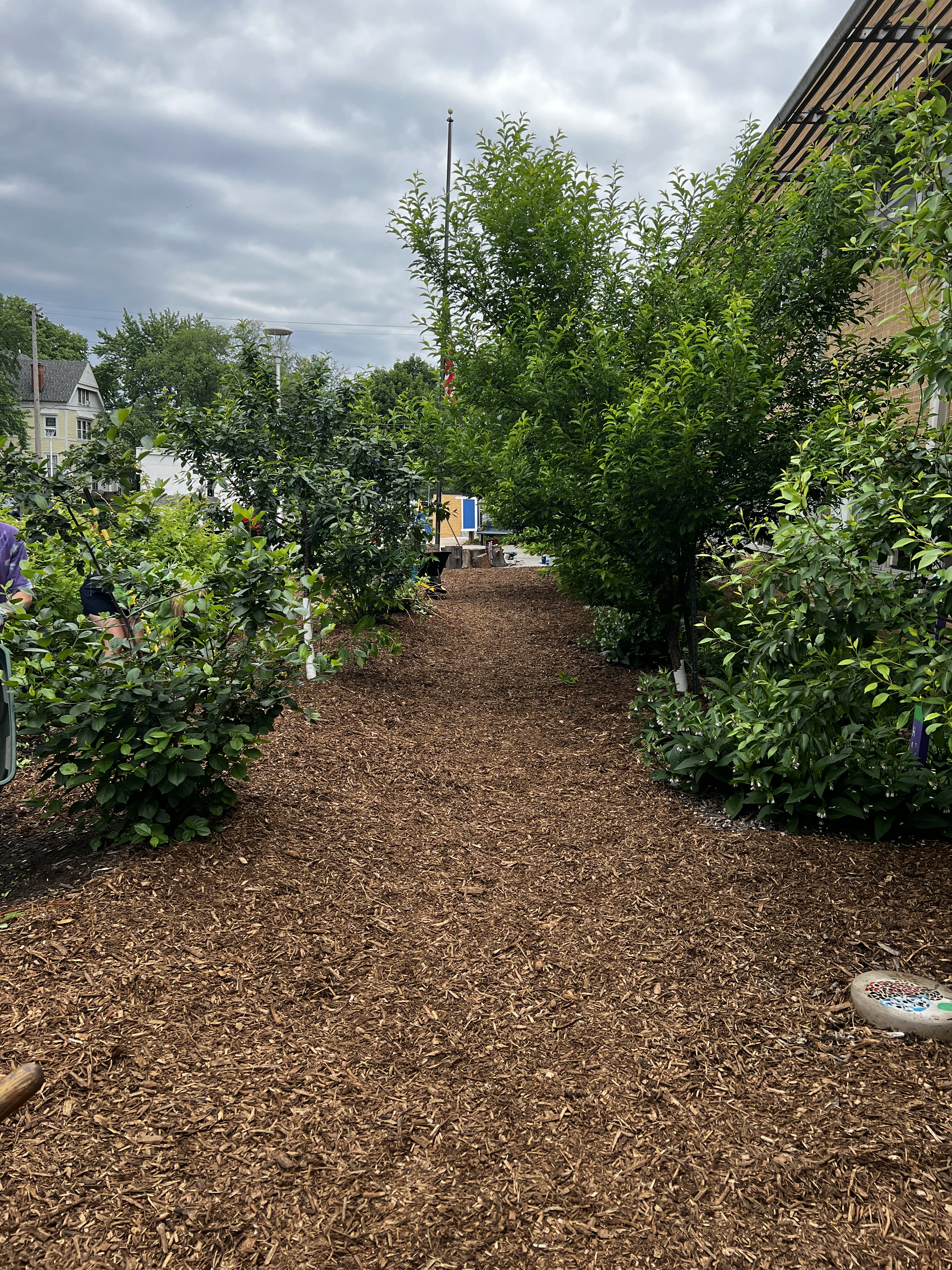
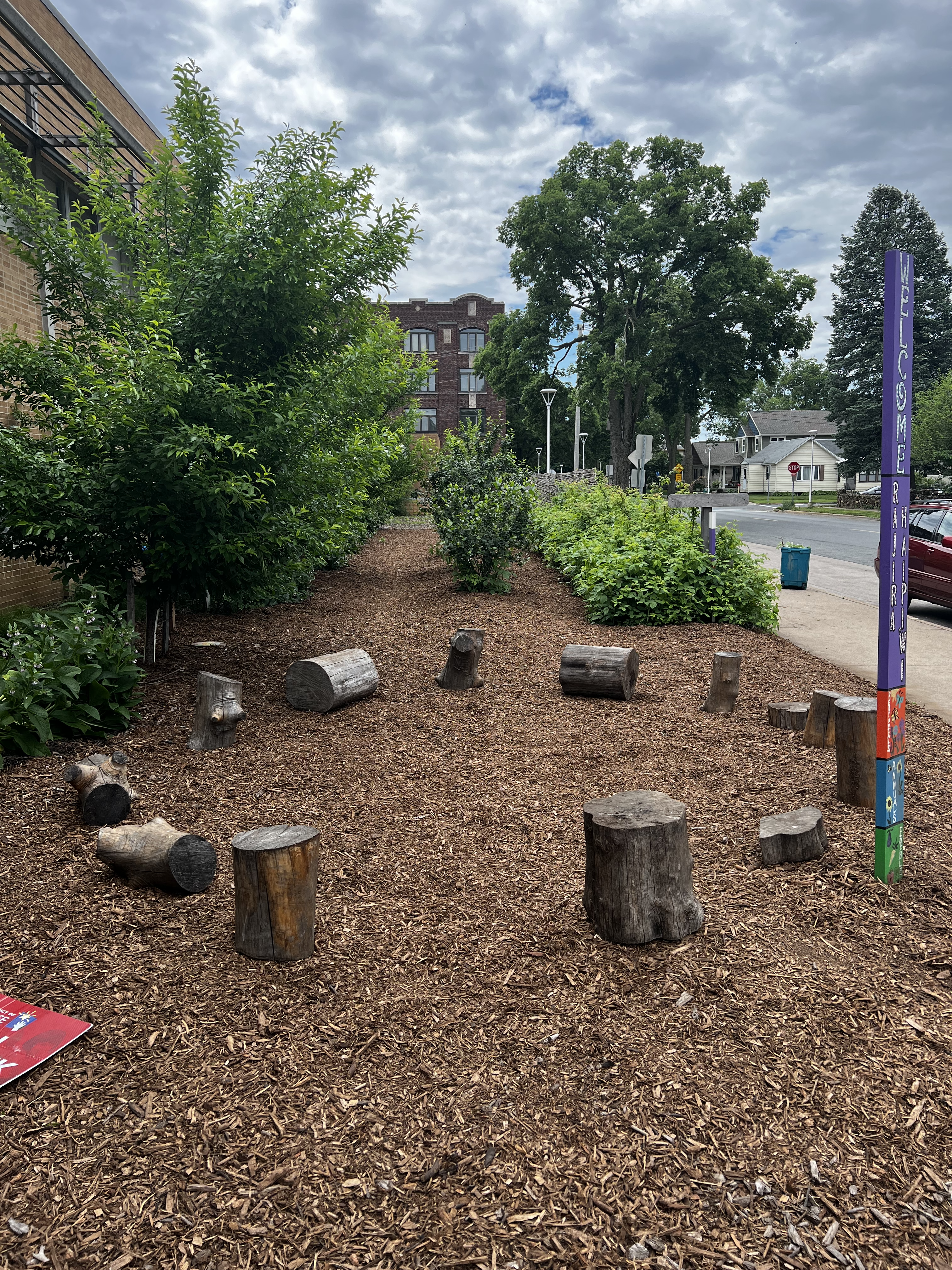
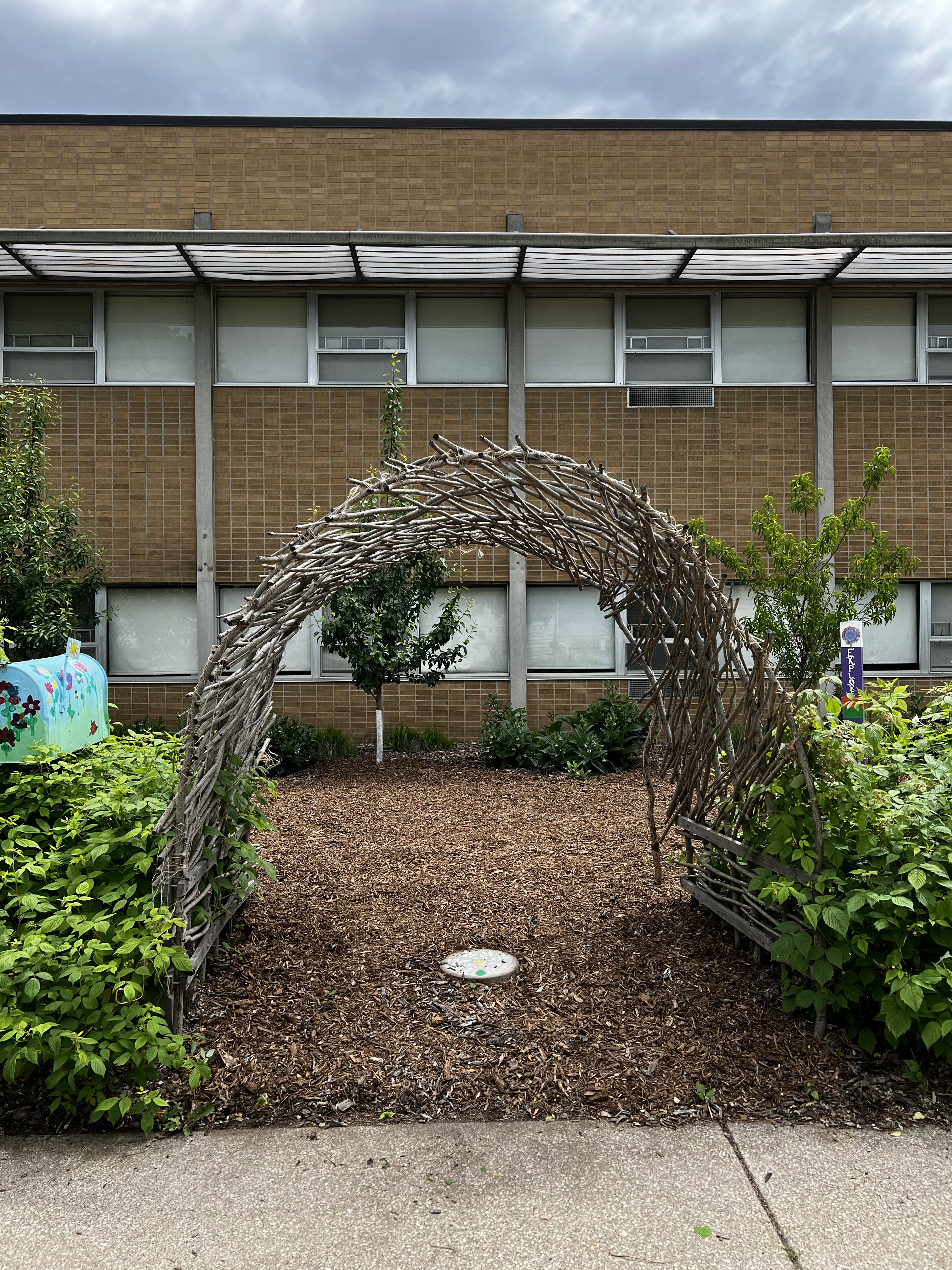
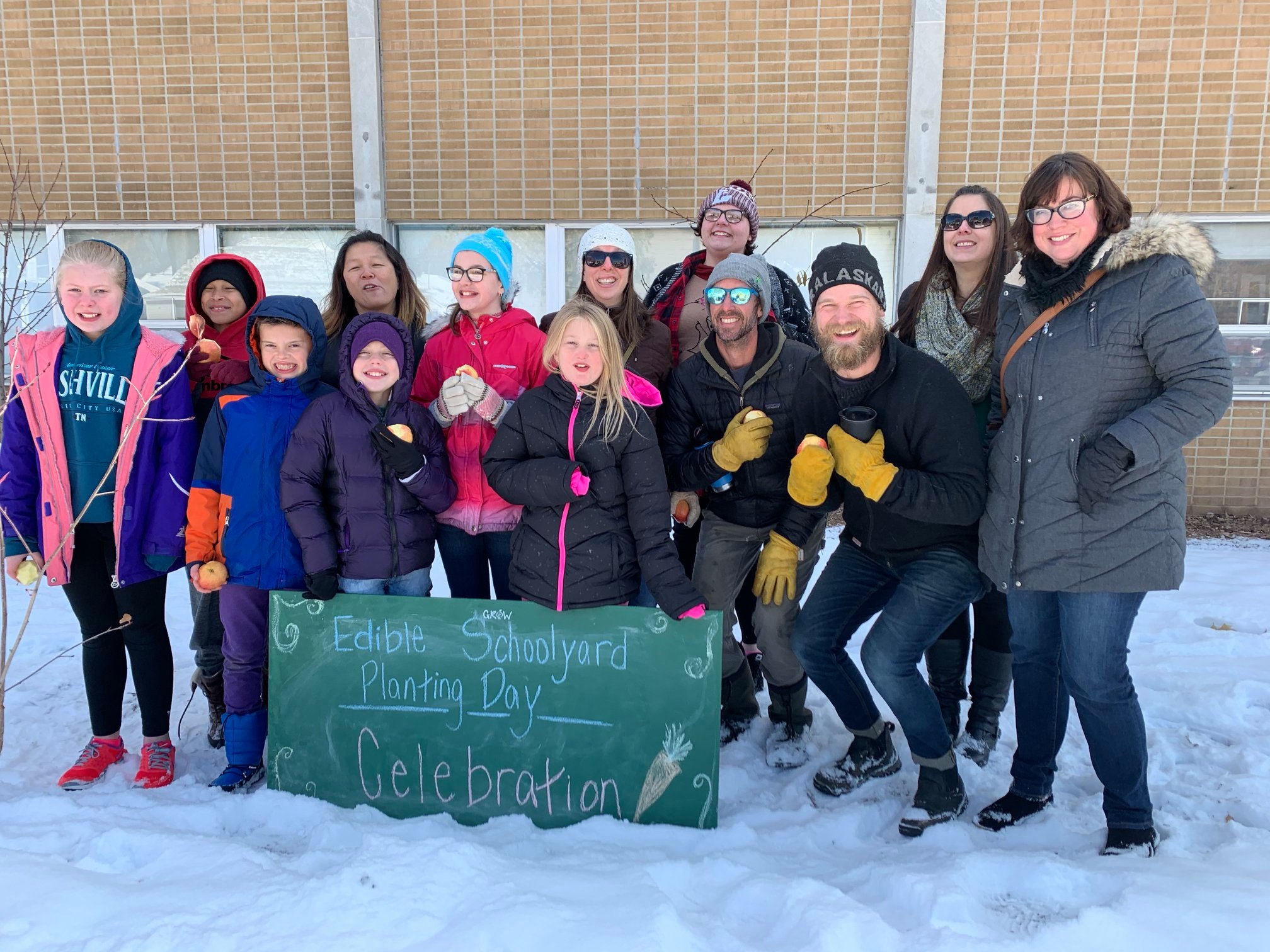
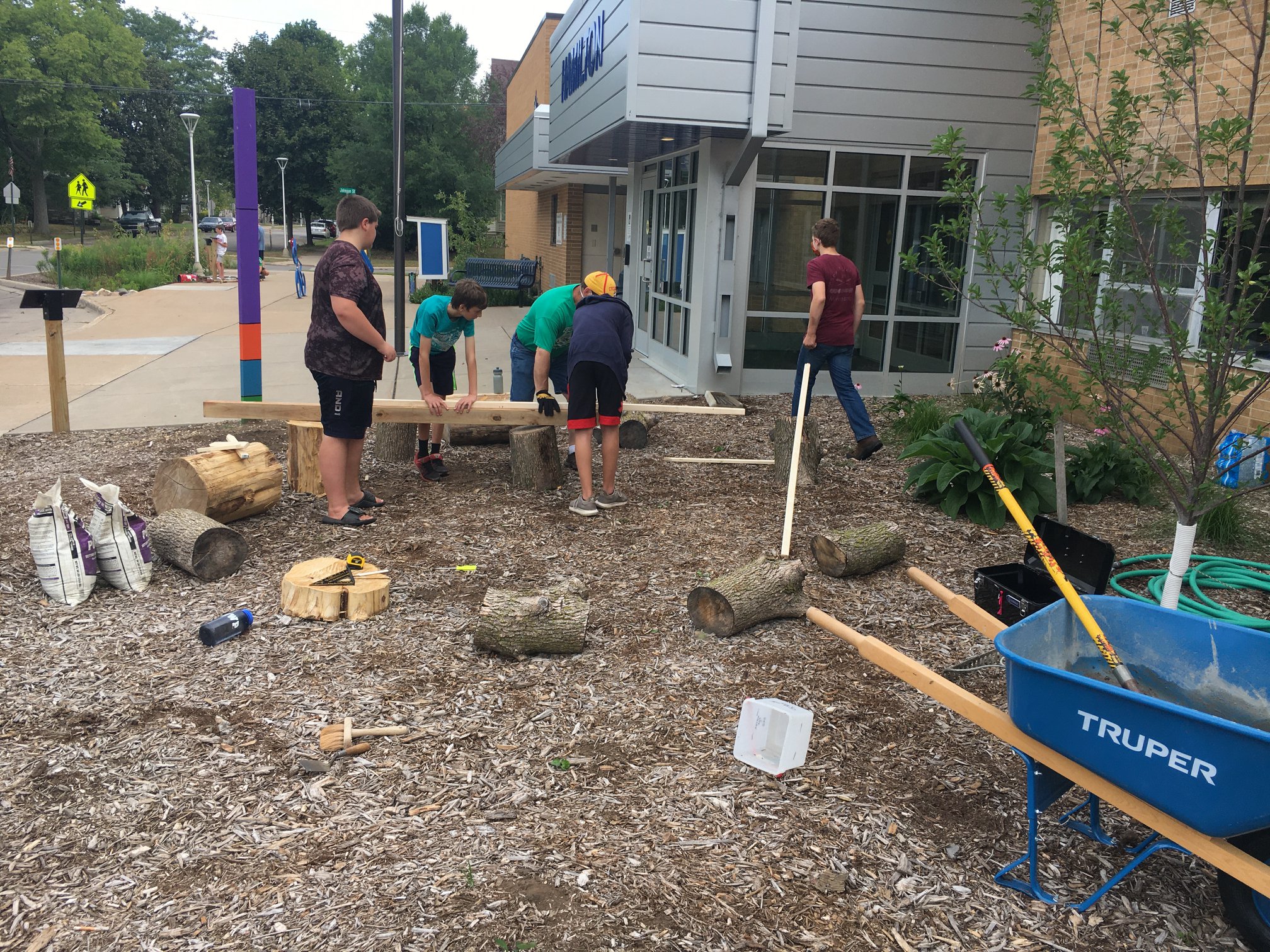
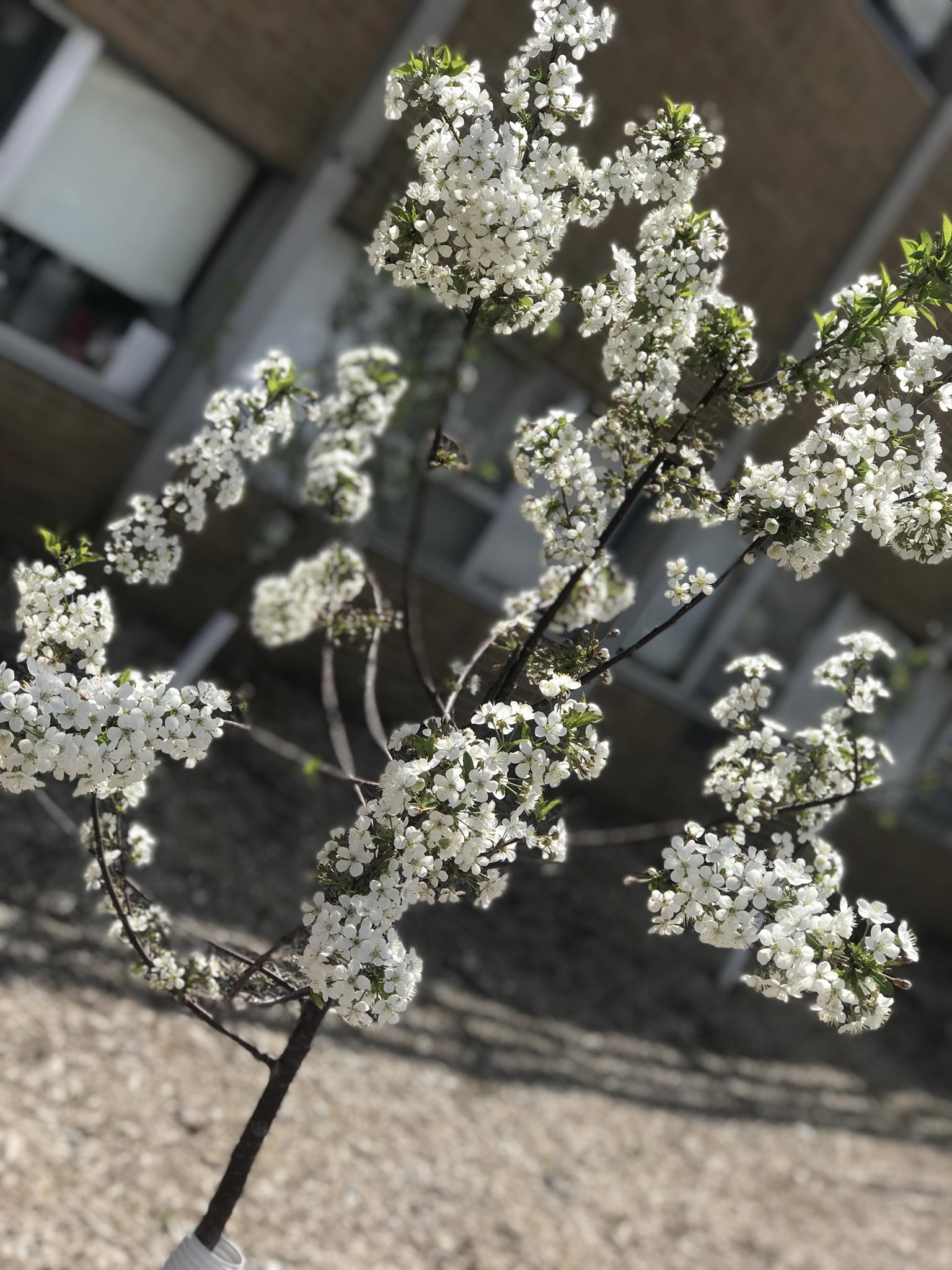
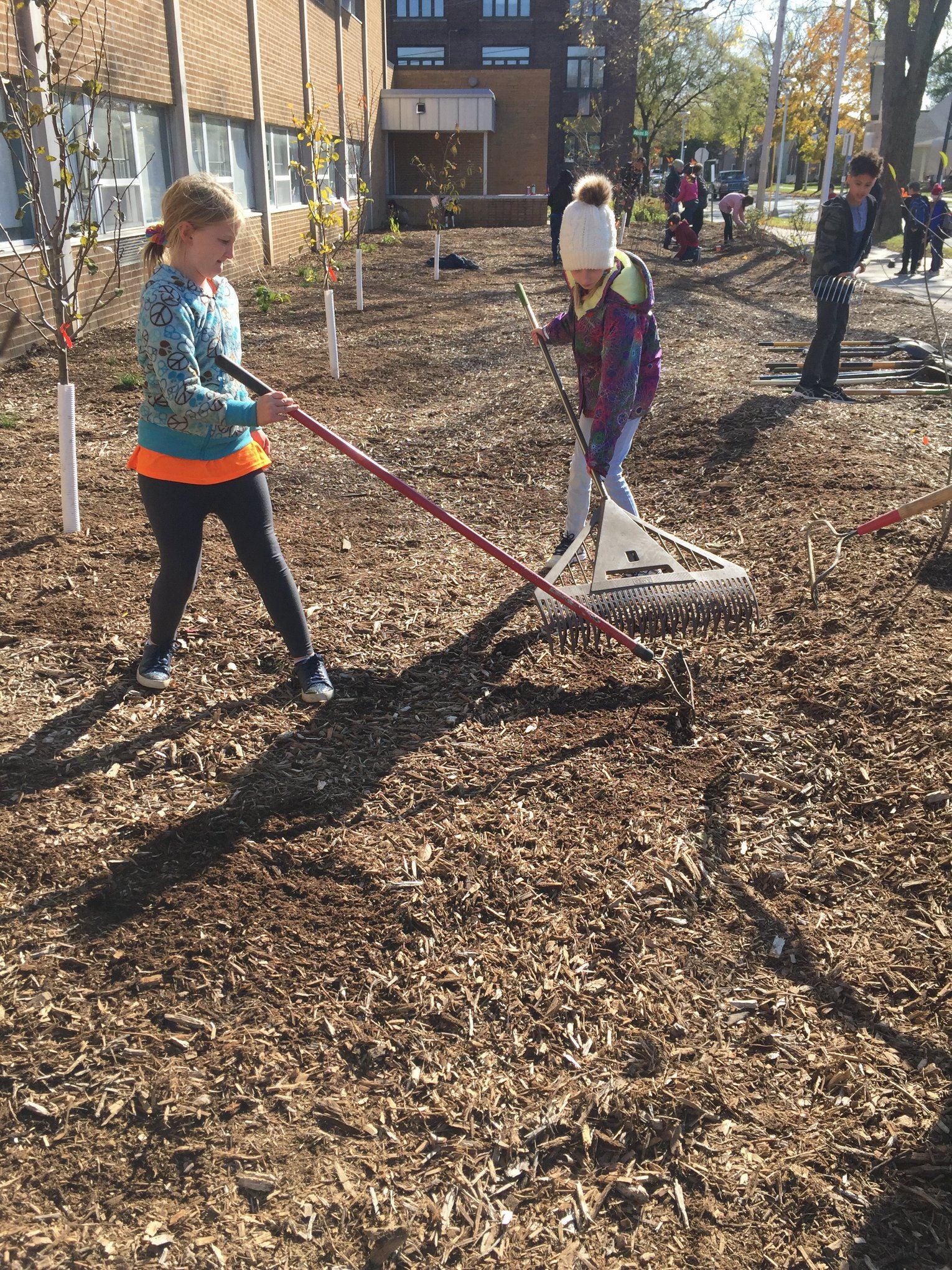
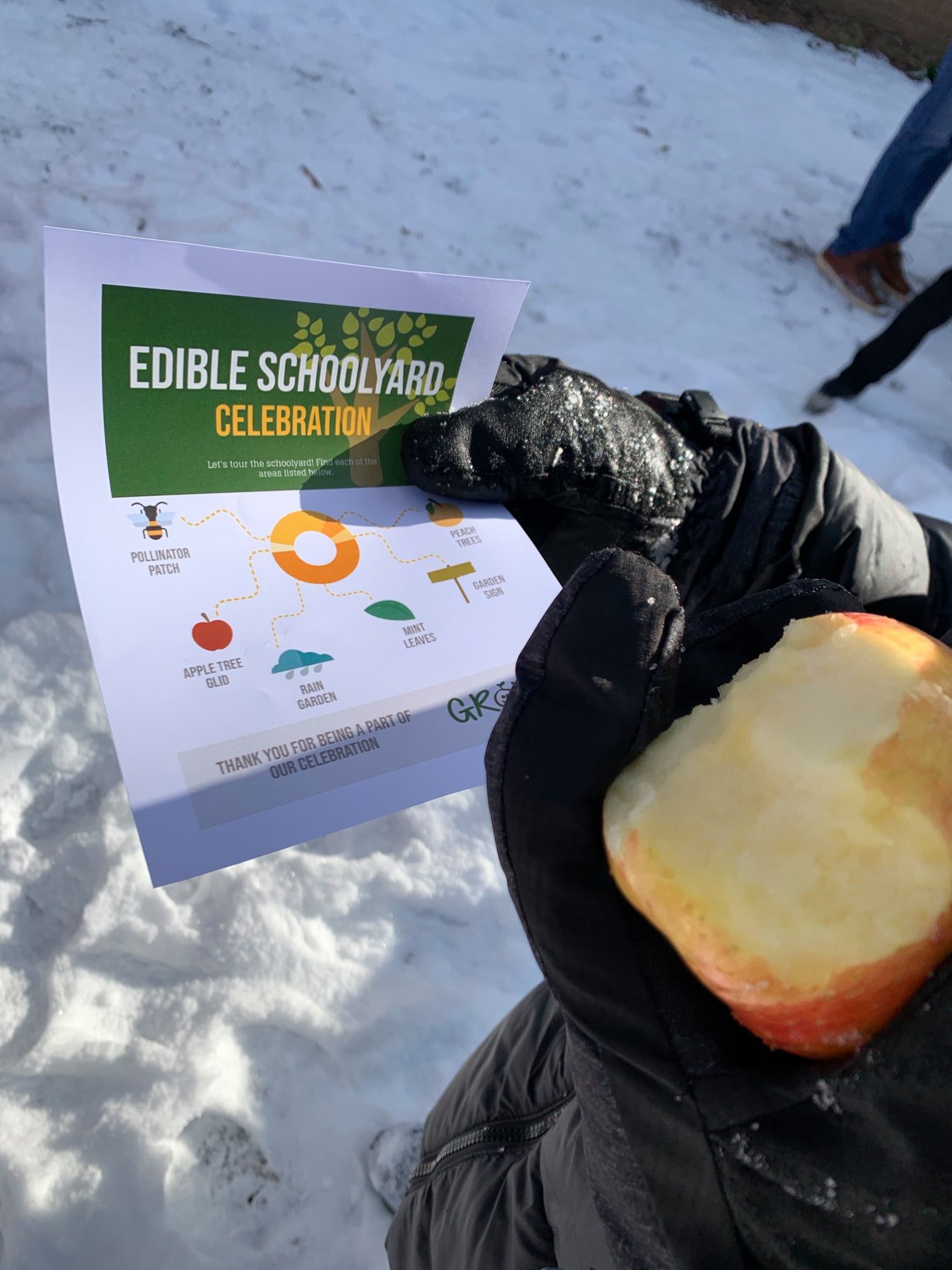
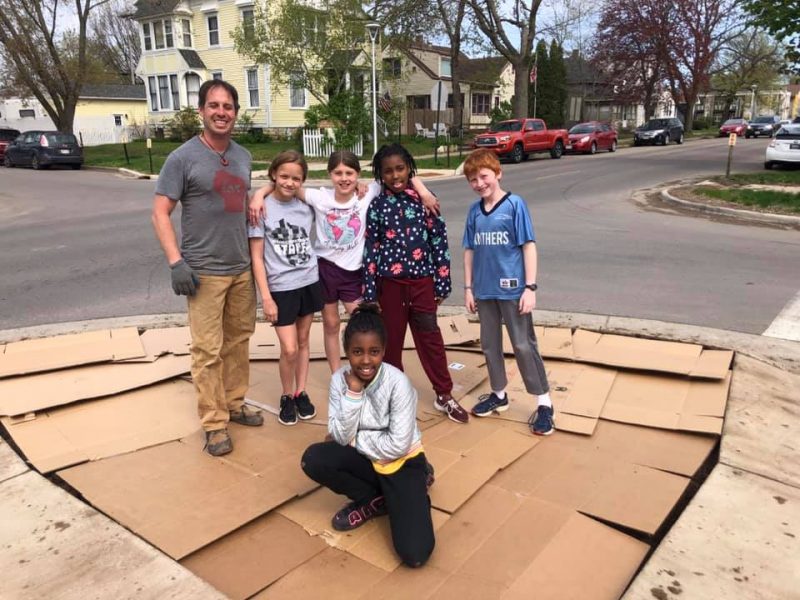

We could not have done this project without the generosity of donors and partners. Thank you to the following original sponsors for the support.
La Crosse Community Foundation • Bimbo Bakeries • Paul Stry Foundation • Gundersen Health System • Blooming Prairie Foundation • Empire Screen Printing • La Crosse Education Foundation • Moore Smiles • Rotary Club of Downtown • Pearl Street Brewery • Dairyland Power
Partners
New Ground will be helped through their SOAK IT UP project. Ensuring wastewater is being best managed to prevent unnecessary run-off. Coulee Region Ecoscapes donated the design. Thank you!
Other Benefits
Trauma-Informed Care
The La Crosse community is working together to help children who have experienced adverse childhood experiences (ACEs). In the “Building a Resilient and Trauma-Informed Community” training offered in La Crosse on September 14th, 2018, there was an emphasis on increasing protective factors for children. These factors include nutrition, exercise, positive adult role models and mindfulness. This edible schoolyard will help provide these protective factors. For instance, we have seen that GROW gardens improve nutrition and movement. The GROW teachers are a positive role model for these children. Also, we often have students do mindfulness exercises in our spaces at the beginning of our lessons. This edible schoolyard also can be used as a soft landing for children as they enter the school. As the edible schoolyard progresses, the students will be more and more invested as they have helped plan, plant, tend, harvest and care for this space.
Fresh, Local Food
The students of Hamilton Early Learning Center and School of Technology and Arts will benefit from this edible schoolyard as it will provide an educational platform for hands-on learning regarding fresh, local food and nature. Other schools will be able to check out this pilot program to see if it is something they would like at their school.
Neighborhood Revitalization
The Powell-Poage-Hamilton Neighborhood will benefit as well. A meta-analysis of 143 studies found that green space in neighborhoods helps enhance human health, including reduced risk of type II diabetes, heart disease, and preterm birth (Twohig-Bennett, 2018). The neighborhood will also be encouraged to get involved through harvesting and volunteering. The community was invited to our public input planning session and gave feedback on the design.





